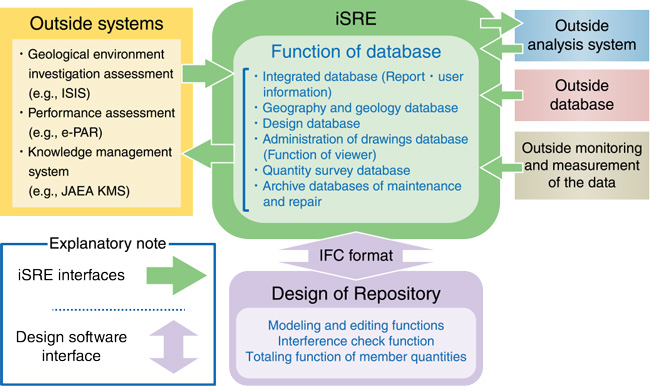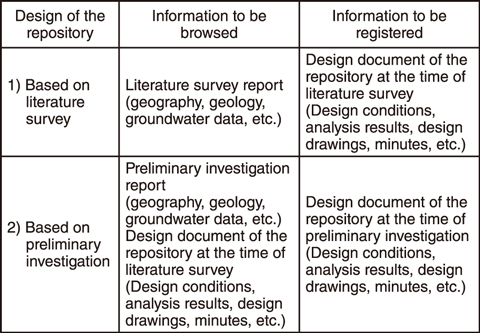
Fig.8-23 Communication between design support and external systems

Fig.8-24 Example of design change scenario for function confirmation of design support system
Table 8-1 List of browsing and registration information for function confirmation

The repository for the geological disposal project for high-level radioactive waste will be designed from a literature survey, then appropriately updated as research into the status of the geological formation progresses from the preliminary investigation stage to the detailed investigation stage. This design review will be performed during the construction phase of the repository.
Since the geological disposal project period is assumed to take about 100 years and engineers will be involved for more than one generation, the smooth transition of all information related to the design of the repository (i.e., the preconditions of repository design such as geological environmental conditions, design analysis, and design results), and reliable inheritance of the construction information during the construction stage of the repository is necessary.
Therefore, a design support system (Fig.8-23) that enables the unified management of these various types of information and the display of such information on a 3D drawing of the repository was examined. The main factors of this support system include a database (DB) of the data categorized into six data types related to the design and construction of the repository and an image viewer. The international standard IFC data format was selected in consideration of the long project period.
The analysis tool used in the design of the repository and the data set of the geological environment, i.e., the preconditions, are exchanged via an interface (IF). As a result, the analysis tool and DB can be updated and optimized flexibly and independently of this system.
The effectiveness of the prototype that embodies the concept and functions shown in Fig.8-23 was confirmed through trials. One such trial involved changing the design of the repository, as shown in Fig.8-24. During design, the topography and geological information based on the literature survey shown in Table 8-1 is browsed from the topography and geological DB. The updated topography and geological information based on the preliminary investigation results (e.g., from ISIS: Information Synthesis and Interpretation System) was then registered in the DB. Then, the design of the repository based on the literature survey results browsed from the design DB was updated according to the updated topographic and geological information, and was registered in the DB as the design of the repository based on the preliminary investigation results.
The development and trial of the design support prototype system will be the basis for a practical system used in the disposal project. In addition, the visualization of information in the geological disposal project enabled by this system is expected to contribute to the promotion of social understanding and acceptance of the geological disposal project.
This study was part of the result conducted “R&D program supporting the development of technology for geological disposal of high-level radioactive waste”, and supported by the Agency of Natural Resources and Energy (ANRE), the Ministry of Economy, Trade and Industry (METI), Japan.